
Updated tutorials for nQuack today. Want to predict ploidy level of sequence data? See this new tutorial on how to process and model data faster: mlgaynor.com/nQuack/artic...
14.10.2025 01:32 — 👍 14 🔁 11 💬 1 📌 0@paulineraim.bsky.social
Postdoc Yale EEB | Plant comparative genomics & adaptation 🌿

Updated tutorials for nQuack today. Want to predict ploidy level of sequence data? See this new tutorial on how to process and model data faster: mlgaynor.com/nQuack/artic...
14.10.2025 01:32 — 👍 14 🔁 11 💬 1 📌 0@oso-tee.bsky.social Congrats 🔥
16.09.2025 17:09 — 👍 1 🔁 0 💬 0 📌 0
Hybridization and introgression are major evolutionary processes. Since the 1940s, the prevailing view has been that they shape plants far more than animals. In our new study (www.science.org/doi/10.1126/...
), we find the opposite: animals exchange genes more, and for longer, than plants

Really excited to share our latest paper led by @simonaube.bsky.social. Fascinating results examining whether regulatory mutations can lead to adaptation as fast as coding mutations do. #mevosky #evobio #evoSky
www.biorxiv.org/content/10.1...

📣 The Call for Symposia for the Society for Molecular Biology and Evolution (SMBE) 2026 Annual Meeting is now open.
🌍 The meeting will be in Copenhagen June 28th to July 2nd
🖊️ We invite you to submit a symposium proposal and help shape the scientific content of SMBE 2026
Best the organisers

VpmaxA and Amax plotted by C4 biochemical subtypes (a and b, respectively), growth forms (c and d, respectively) and growth locations (e and f, respectively).
Environmental conditions drive variation in C4 photosynthetic capacity more than species traits
Fan, et al.
📖 nph.onlinelibrary.wiley.com/doi/10.1111/...
#PlantScience @yuzhenfan.bsky.social

Map of my no-fly itinerary from Italy to Bougainville, PNG
I've set off to Bougainville,PNG, for another #NoFly journey. I want to complete my research there. Travelling the ~25,000km distance from Italy by🚢,🚅,&🚌,I'll emit ~10 times less than✈️ (computations to come).Here the long read on my motivations: gianlu777.substack.c... 1/🧵
03.09.2025 08:01 — 👍 153 🔁 47 💬 8 📌 4
So excited to see our review on how to detect horizontal gene transfers and their impact on plant functional evolution finally published in @theplantcell.bsky.social!
Great teamwork between @lrsv-toulouse.bsky.social and LGDP-Perpignan 😎🥳🌱
academic.oup.com/plcell/advan...

Excited / nervous to share the “magnum opus” of my postdoc in Andreas Wagner’s lab!
"De-novo promoters emerge more readily from random DNA than from genomic DNA"
This project is the accumulation of 4 years of work, and lays the foundation for my future group. In short, we… (1/4)

Happy to see our latest work out in @molbioevol.bsky.social. We revisit the evolution of 5-methylcytosine across neglected eukaryotic supergroups, establishing an ancestral repressive role silencing genome invaders, both transposons and viral elements👾: academic.oup.com/mbe/advance-... 🧵 1/7
28.07.2025 10:03 — 👍 101 🔁 51 💬 6 📌 0
Our #research on #drought #recovery, now published with @springernature.com in @natcomms.nature.com:
Drought recovery in plants triggers a cell-state-specific immune activation.
doi.org/10.1038/s414...
Read thread below 👇
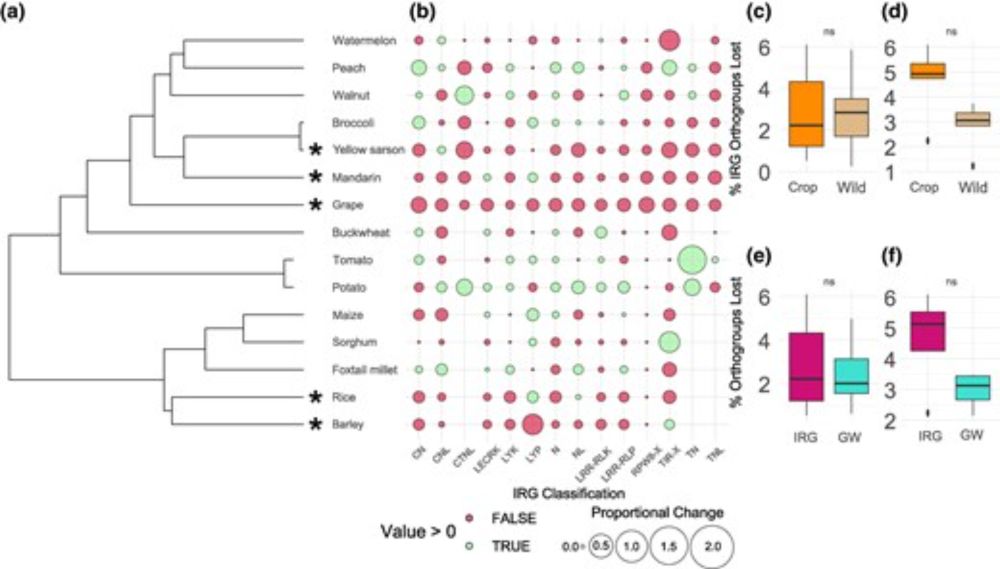
Bourne et al. analyzed immune receptor gene repertoires of 15 domesticated crop species, showing that grapes, mandarins, rice, barley, and yellow sarson exhibit reduced immune receptor gene repertoires compared to wild counterparts.
🔗 doi.org/10.1093/gbe/evaf147
#genome #evolution #PlantSky

The European Reference Genome Atlas (ERGA) is a pan-European community initiative to coordinate the generation of reference genomes representing European eukaryotic biodiversity @ergabiodiv.bsky.social #eseb2025
20.08.2025 09:06 — 👍 22 🔁 14 💬 1 📌 1
Out after peer review, collaborative study from Nordborg & Weigel labs with help from many others. Not the largest collection of new Arabidopsis thaliana genomes, but we hopefully put forward some good ideas for how to think about pangenomes and their analysis!
www.nature.com/articles/s41...
Today also, @thorstenreusch.bsky.social presented the fascinating work conducted on somatic mutations in the clonal seagrass Zostera! ✨ #ESEB2025
19.08.2025 14:24 — 👍 3 🔁 0 💬 0 📌 0Also appreciated the citation format used: Author, year, unique keyword. No journal name 🙌
19.08.2025 14:18 — 👍 1 🔁 0 💬 1 📌 0Inspiring talk from @marcrr.bsky.social presenting student Christabel Bucao’s work. Expression variability predicts retention and functional divergence of genes after WGD! « variability creates » #ESEB2025
19.08.2025 14:17 — 👍 4 🔁 1 💬 1 📌 0
Unfortunately, I couldn't join in person #eseb2025, but the organizers kindly accommodated a video. Posted here in case you missed it!
youtu.be/n9Ls9-8p8x0?...
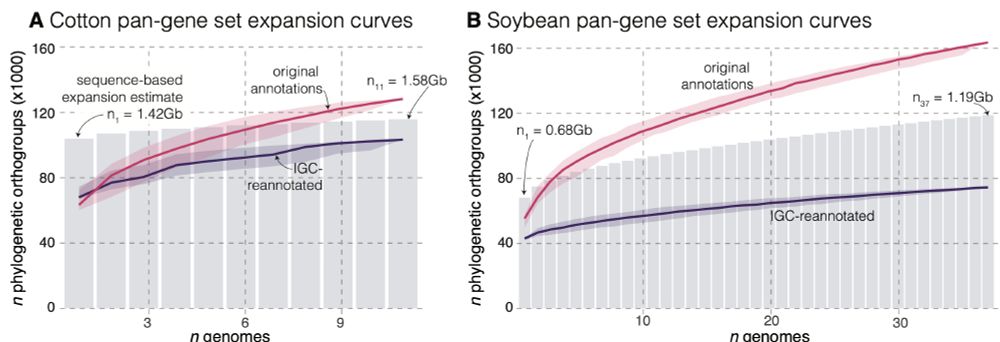
pangenome 'expansion' curves for cotton and soybean
Determining presence-absence variation (PAV) across reference genomes is a major goal of pangenome analysis. It turns out that A LOT of gene PAV is due to methodological artifacts.
We explore the causes of this in soybean and cotton datasets in our recent preprint: www.biorxiv.org/content/10.1...

Picture of the Sagrada familia, symbol of Barcelona
Excited to be in Barcelona for #ESEB2025 So many great talks, familiar faces and cool posters already!
18.08.2025 17:54 — 👍 8 🔁 0 💬 0 📌 0This collaboration was so much fun!! I’m excited to see it online! www.cell.com/trends/genet...
09.08.2025 13:24 — 👍 30 🔁 10 💬 1 📌 1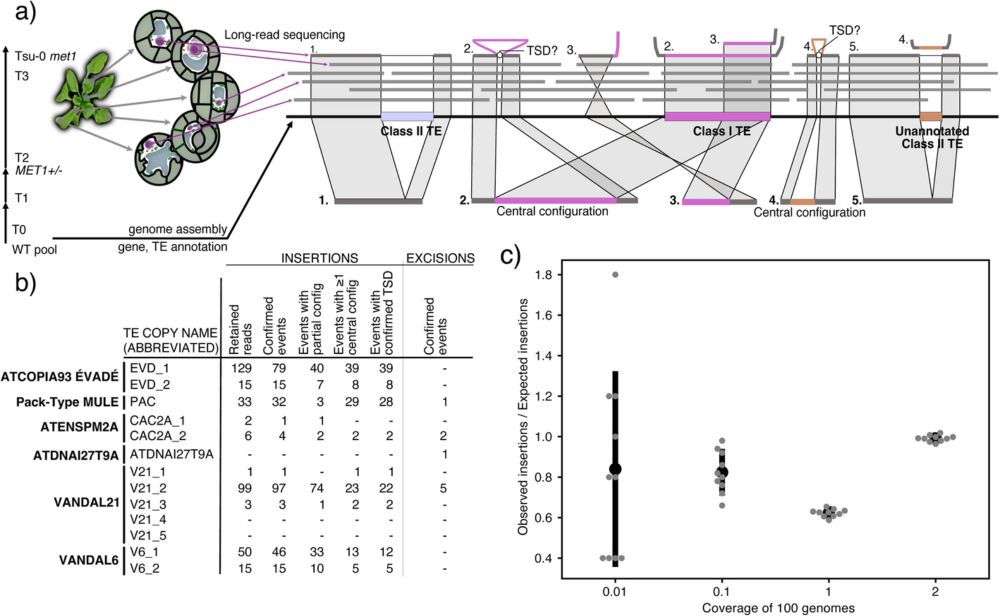
Paper led by @movillome.bsky.social on unbiased detection of (somatic) #TE insertions in #Arabidopsis with @pacbio.bsky.social long reads out after peer review. Thanks to academic editor Leandro Quadrana for shepherding it through the review process.
#plantscience
link.springer.com/article/10.1...?
Please RT!
I'm hiring a postdoc to work in my new lab at UCSB (!) on an NSF-funded project investigating the phenotypic consequences of WGD for photosynthesis and respiration.
Check out the full posting here:
recruit.ap.ucsb.edu/JPF02986
And more info about the lab here:
sharbroughlab.com
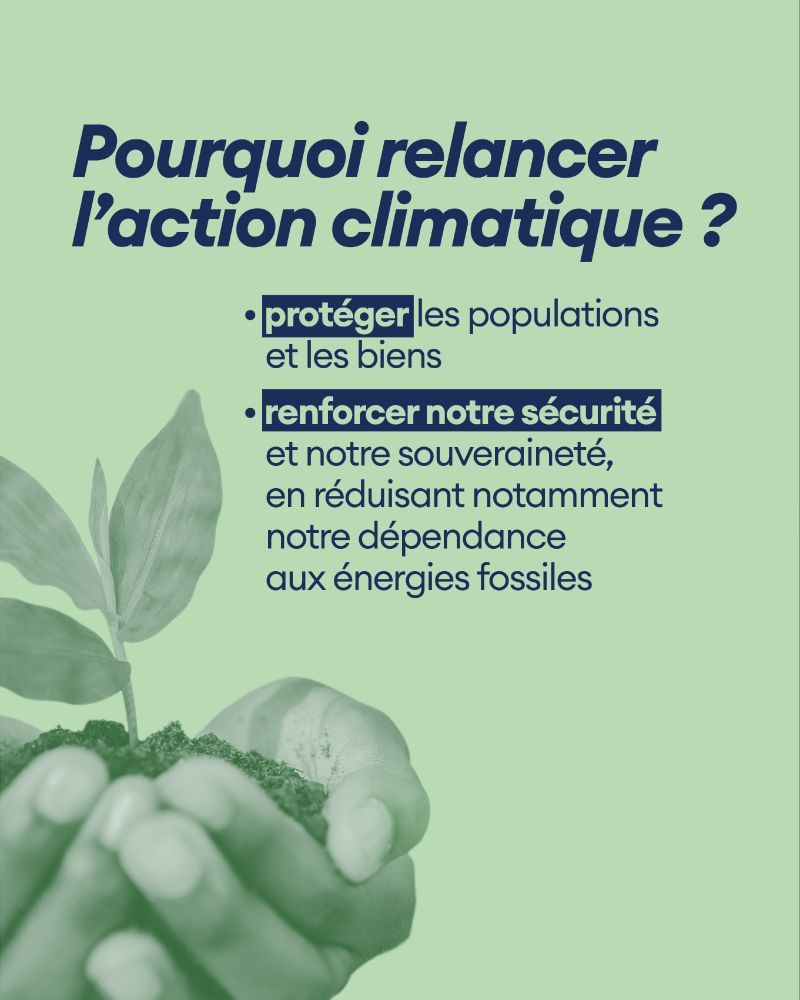
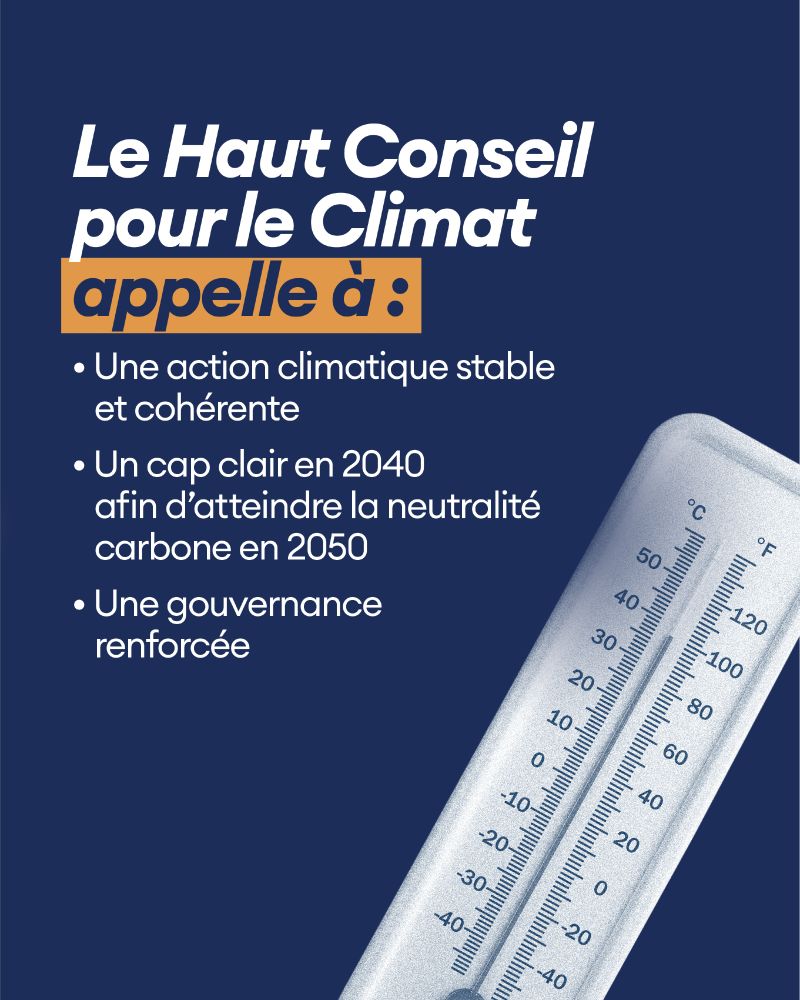
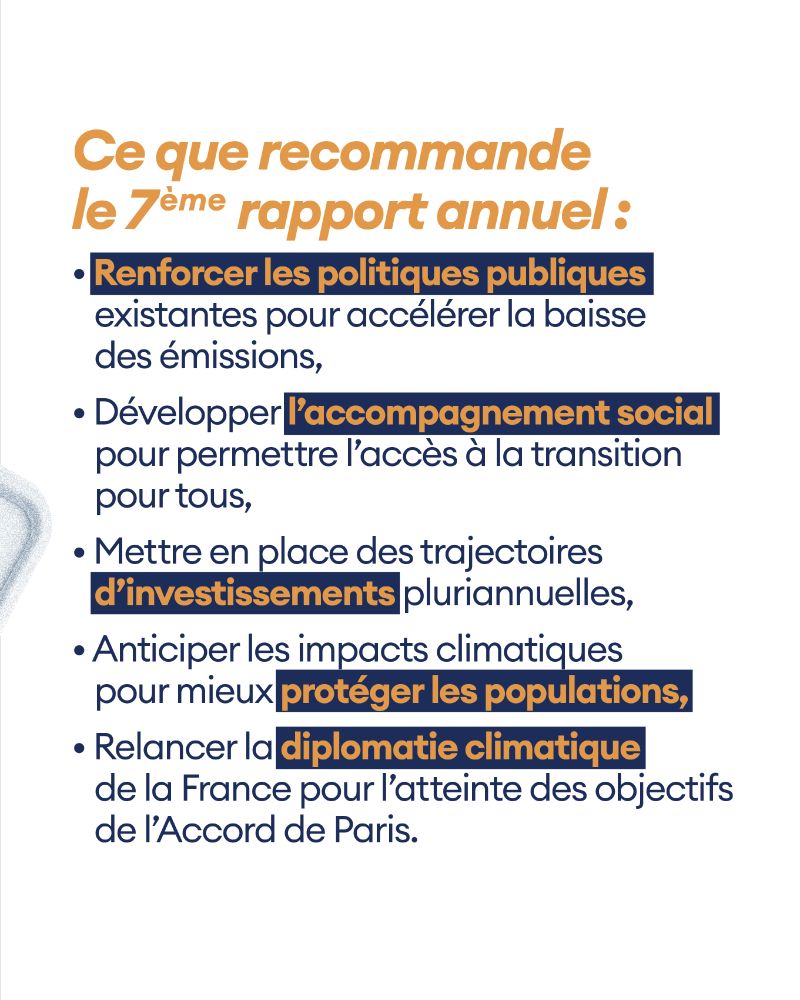
Il faut un sursaut collectif pour relancer l’action climatique et permettre l'accès à une transition pour tous : consolidation du cadre d’action publique, gouvernance solide, cap clair pour 2030 & 2040.
Dans notre rapport, nous formulons 74 recommandations : www.hautconseilclimat.fr/publications...
Could manage to add a bluesky widget on my website 🙌 ✨
👉 nicolasmouquet.free.fr
🤖 how to here : github.com/Vincenius/bs...
💡use you DID identifiers rather than your handle in the code (here is where to find it : ilo.so/bluesky-did/)
👏 thanks to @vincentwill.com for sharing 🧪
Qques mots forts que j'ai prononcés avec émotion @franceinfo.fr
C'est un mensonge de laisser croire que l'on s'adaptera sans casse irréversible dans une France à 4°C. On ne s'adapte pas a un effondrement de la biodiversité; on meurt avec!
Les régressions actuelles sont irresponsables & suicidaires.

Fig. 3 | DEEPSPACE synteny map highlighting positions of centromeric repeats. Collinear blocks between the same chromosomes are shown as transparent ‘braids’ and chromosome segments are visualized as color-gradient rectangles along an x-axis that scales each genome by its physical size. Regions that do not map between chromosomes are visualized as black ‘wedges’ in the map. These can be due to ineffective unique mapping in highly repetitive centromeres (e.g. Chr 9 IM62-IM767), expansion of centromeric arrays (e.g. Chr 11 IM62-IM767) or sequence presence/absence. The orange-blue color gradient indicates regions that are gene-rich (blue) or centromeres (orange); fully saturated colors indicate that all sequence in those intervals is masked by that annotation type. White regions have neither genes nor Cent728 repeats, and are likely repeat-rich pericentromeres.
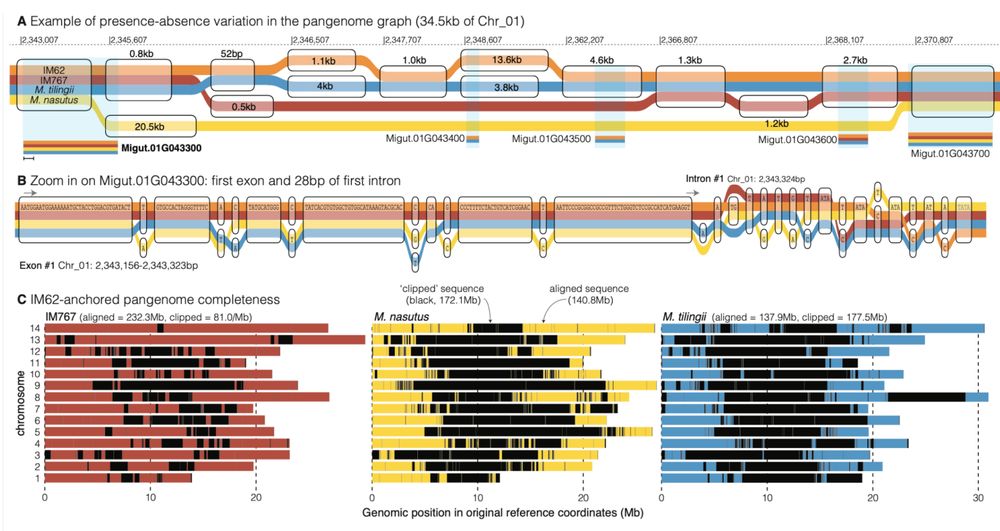
Fig. 4 | Exploration of the pan-genome graph. A 2.34-2.37Mb on chromosome 1 is a complex region in the genome that illustrates how the pan-genome graph handles large scale presence594 absence variation. Here, any variants smaller than 52bp are excluded so that the large insertion deletions in this region are apparent. Haplotypes containing similar sequences are binned in the transparent rounded rectangles (“nodes”), divergent but syntenic/orthologous sequences have stacked nodes, and deleted sequences show the path outside of a node. B The first exon and the first 28bp of the first intron of a gene with family members across all four genomes is shown as an example of how SNPs and INDELs appear at the base pair level in a sequence graph. C The positions of aligned sequence retained in the graph (colored following the tubes in panels A-B) and that which is un-alignable and clipped (black) are presented in a pan-genome anchored by IM62.
Ok, fine I'm willing to admit it now: Mimulus is interesting www.authorea.com/doi/full/10....
10.06.2025 22:15 — 👍 45 🔁 14 💬 4 📌 0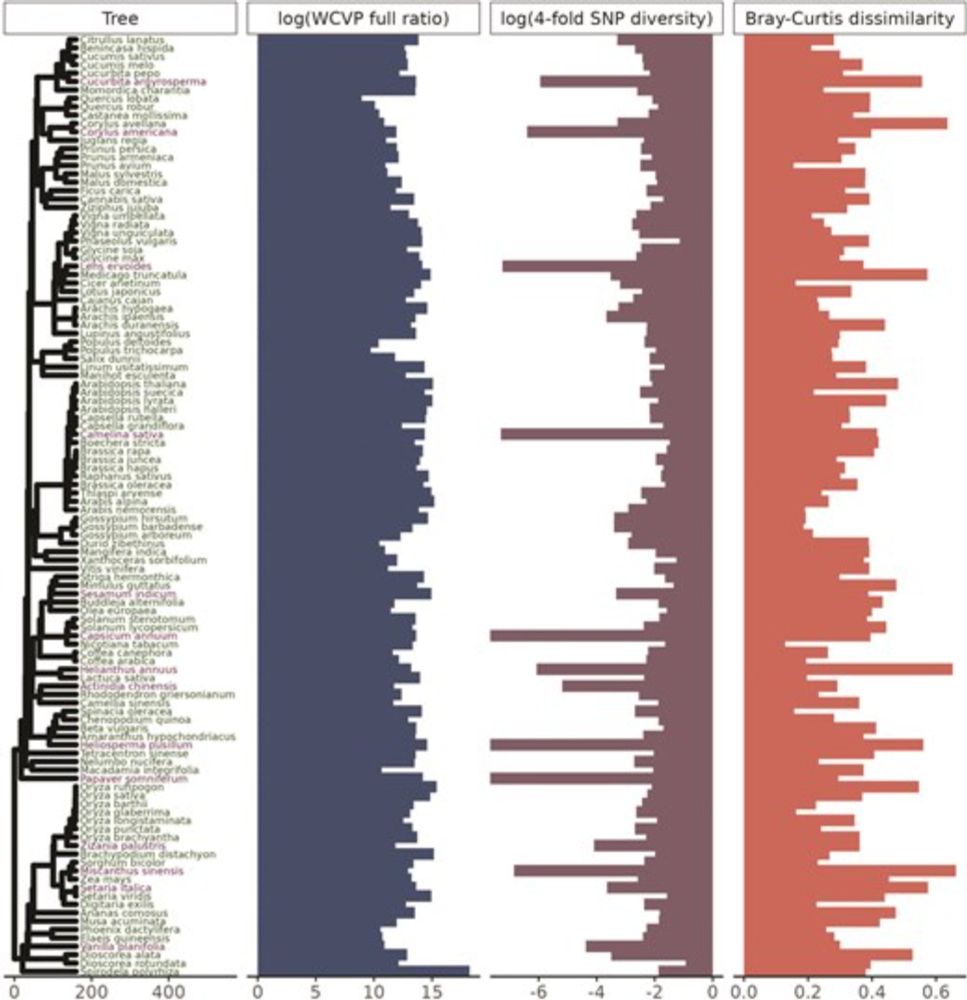
Hey, Miles' @milesroberts.bsky.social beautiful paper showing that sequence diversity missed by standard methods contributes to Lewontin's paradox is officially published in @evolletters.bsky.social. academic.oup.com/evlett/advan...
12.06.2025 19:57 — 👍 99 🔁 55 💬 3 📌 1
Check out this brand new fellowship from the Simon’s Foundation in Ecology and Evolution. Incoming grad students this year are eligible to apply. No citizenship restrictions. www.simonsfoundation.org/grant/simons...
02.06.2025 17:16 — 👍 56 🔁 71 💬 0 📌 1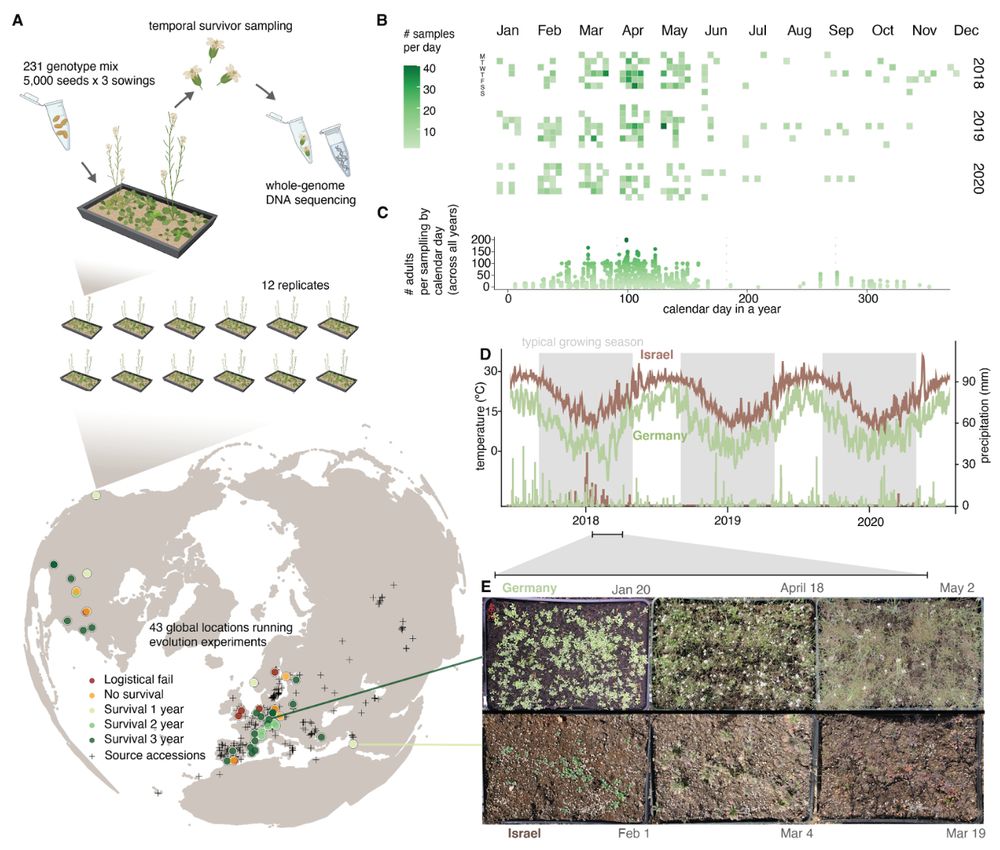
Super excited to release a huge evolution project on the works for many years:
Evolution experiments synchronized across climates to understand rapid adaptation
Preprint: doi.org/10.1101/2025...
All data available: www.grene-net.org/data
#MOILAB
@ucberkeleyofficial.bsky.social
@hhmi.org
🧵👇